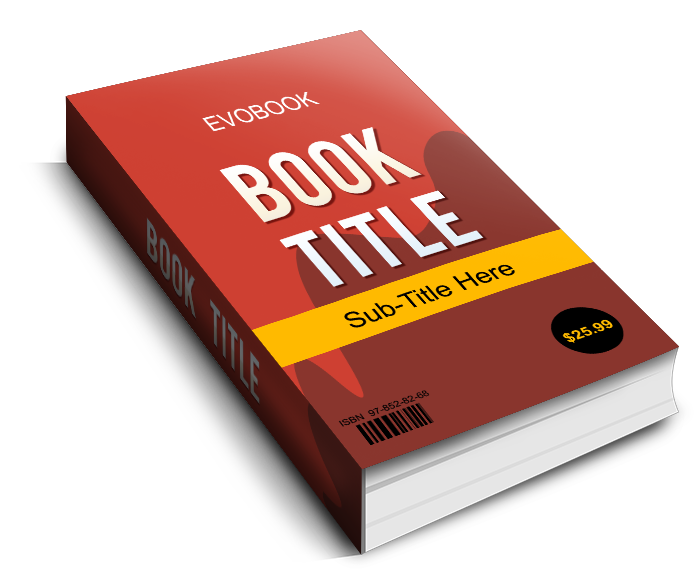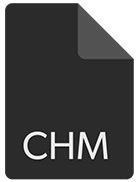




Mã tài liệu: 202145
Số trang: 1512
Định dạng: chm
Dung lượng file:
Chuyên mục: Khoa học công nghệ
Những tài liệu gần giống với tài liệu bạn đang xem
📎 Số trang: 243
👁 Lượt xem: 520
⬇ Lượt tải: 16
📎 Số trang: 384
👁 Lượt xem: 402
⬇ Lượt tải: 16
📎 Số trang: 397
👁 Lượt xem: 353
⬇ Lượt tải: 16
📎 Số trang: 795
👁 Lượt xem: 537
⬇ Lượt tải: 16
📎 Số trang: 688
👁 Lượt xem: 289
⬇ Lượt tải: 16
📎 Số trang: 719
👁 Lượt xem: 592
⬇ Lượt tải: 16
Những tài liệu bạn đã xem
📎 Số trang: 1512
👁 Lượt xem: 460
⬇ Lượt tải: 16
 Special Edition Using Microsoft Windows Vista 2nd Edition
Thank you for purchasing or considering the purchase of Special Edition Using Microsoft Windows Vista Second Edition. It's amazing the changes that 20 years can bring to a computer product such as Windows. When we wrote our first Windows book back
other Đăng bởi
doan_hoang_compark
Special Edition Using Microsoft Windows Vista 2nd Edition
Thank you for purchasing or considering the purchase of Special Edition Using Microsoft Windows Vista Second Edition. It's amazing the changes that 20 years can bring to a computer product such as Windows. When we wrote our first Windows book back
other Đăng bởi
doan_hoang_compark